It’s Not Hiking: The Patient Practice of Long-Distance Walking
 April 2015 in Galacia Spain while on a walk along the Camino Portuguese. (Photo: Paul Kiczek/Freewalkers.)
April 2015 in Galacia Spain while on a walk along the Camino Portuguese. (Photo: Paul Kiczek/Freewalkers.)
For a few months in the mid-1960s, a new exercise technique swept the globe. Like jazzercise, aerobics, Crossfit or Prancercise, hoards of people around the world flocked to try it.
It was walking. Specifically, long distance walking.
Walking became an American fad in 1963, thanks to President John F. Kennedy. President Kennedy often talked about the importance of physical fitness, pointing out that during Theodore Roosevelt’s presidency marine officers were required to be able to walk 50 miles in 20 hours. Then-attorney general Robert F. Kennedy decided to back his brother up and in February 1963 he walked a 50 mile route that ended in Harpers Ferry, West Virginia. A walking craze overtook the nation. According to an April 1963 New York Times article, teenagers, marines, Boy Scouts, government workers and “Sunday drivers” took to roads and walkways in droves, while department stores scrambled to meet the demand for pedometers. Interest in the 50-mile Kennedy March, as it came to be known, ignited globally, and today you can still attend an annual version in Sittard in the Netherlands. But the craze is mostly forgotten in the U.S. today.
Paul Kiczek is trying to change that.
Kiczek was one of those teenagers inspired by President Kennedy in 1963. He and his friends set out to walk 50 miles through their home state of New Jersey, clocking 38 miles in 12 hours before throwing in the towel. Kiczek, like most of the Kennedy walkers, never tried long distance walking again, favoring running and cycling. But the memory stayed with him and in 2009 he challenged himself to try again, tracing a version of Robert Kennedy’s 1963 walk. Again, he made it 38 miles. Shortly thereafter, he founded FreeWalkers, an organization devoted to promoting long distance walking. The organization has since racked up 1,500 members and earned non-profit status.
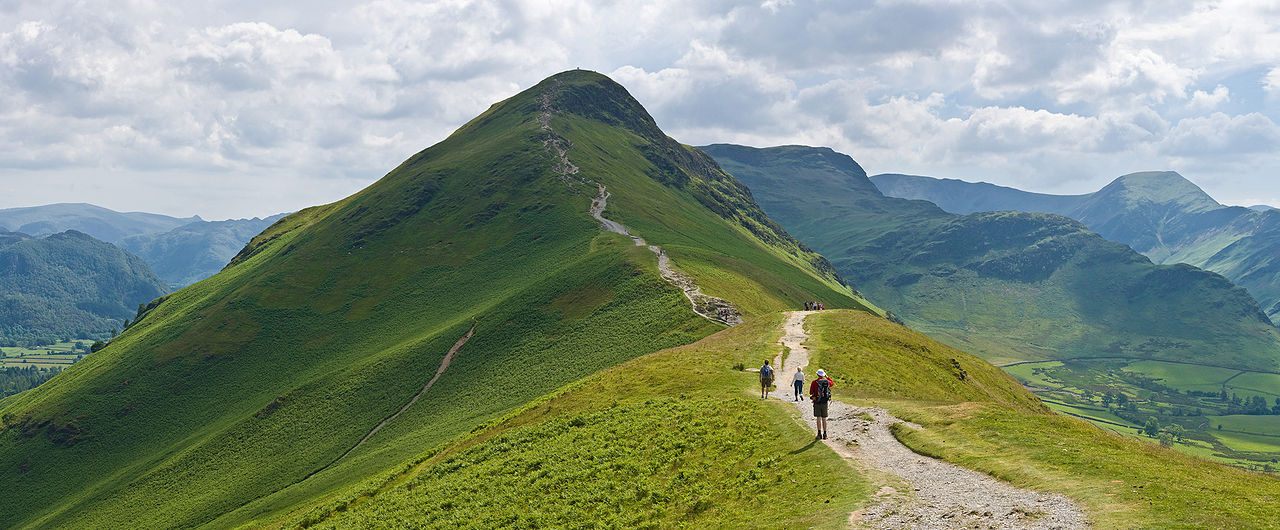 A view of the northern ascent of Catbells (facing south) in the Lake District near Keswick, Cumbria. (Photo: David Liff/WikiCommons CC BY-SA 3.0)
A view of the northern ascent of Catbells (facing south) in the Lake District near Keswick, Cumbria. (Photo: David Liff/WikiCommons CC BY-SA 3.0)
FreeWalkers convenes about 40 walks a year, mostly on the East Coast, although Kiczek took his first group to Spain for a weeklong trot this year.
“Walking, it gives you a different perspective entirely,” says Kiczek.
In the U.S., it’s common to walk long distances in order to raise money for a charity, but not for much else. And that’s fine, but Kiczek wants people to walk for walking’s sake.
A sweet spot for a Freewalkers walk is about 25-30 miles, with 50 being on the “extreme side”. Many of the walks organized by the group meander through scenic locales, but there are also plenty of less dreamy routes. This September the Freewalkers will amble across every pedestrian-accessible bridge in Pittsburgh. They’ve traced a Revolutionary War battle march. They’ve walked through industrial areas and from New Jersey to Penn Station. Freewalker events are frequently organized around mass transit.
 The group at start of the Hudson Loop Walk, June 6, 2015 - Exchange Place, Jersey City, NJ. (Photo: Paul Kiczek/Freewalkers)
The group at start of the Hudson Loop Walk, June 6, 2015 - Exchange Place, Jersey City, NJ. (Photo: Paul Kiczek/Freewalkers)
While long distance walking is a novelty for many Americans, it has long been popular in Europe—miles of established paths criss-cross the continent, and in England they are often clearly marked and cared for. If a path unravels across a farm, the farmer is the caretaker of that expanse. Many enthusiasts belong to the Long Distance Walkers Association, based out of England. Founded in 1972, the LDWA is a clearinghouse for information, organizes long distance walks, publishes a journal called “Strider”, and holds an annual meeting. It has around 8,000 members. The LDWA site cautions that “what constitutes an LDP [long distance path] is a matter of opinion and views vary widely” but most of the routes they catalog are 20 miles or longer.
More recently, too, walking pilgrimages have come back in vogue, even for the non-religious. The Way of St. James, a 1,200-mile trek through Europe, has seen its walking members swell to over 200,000. The most intense leg of the journey stretches for 500 miles and, amazingly, many people walk to completion.
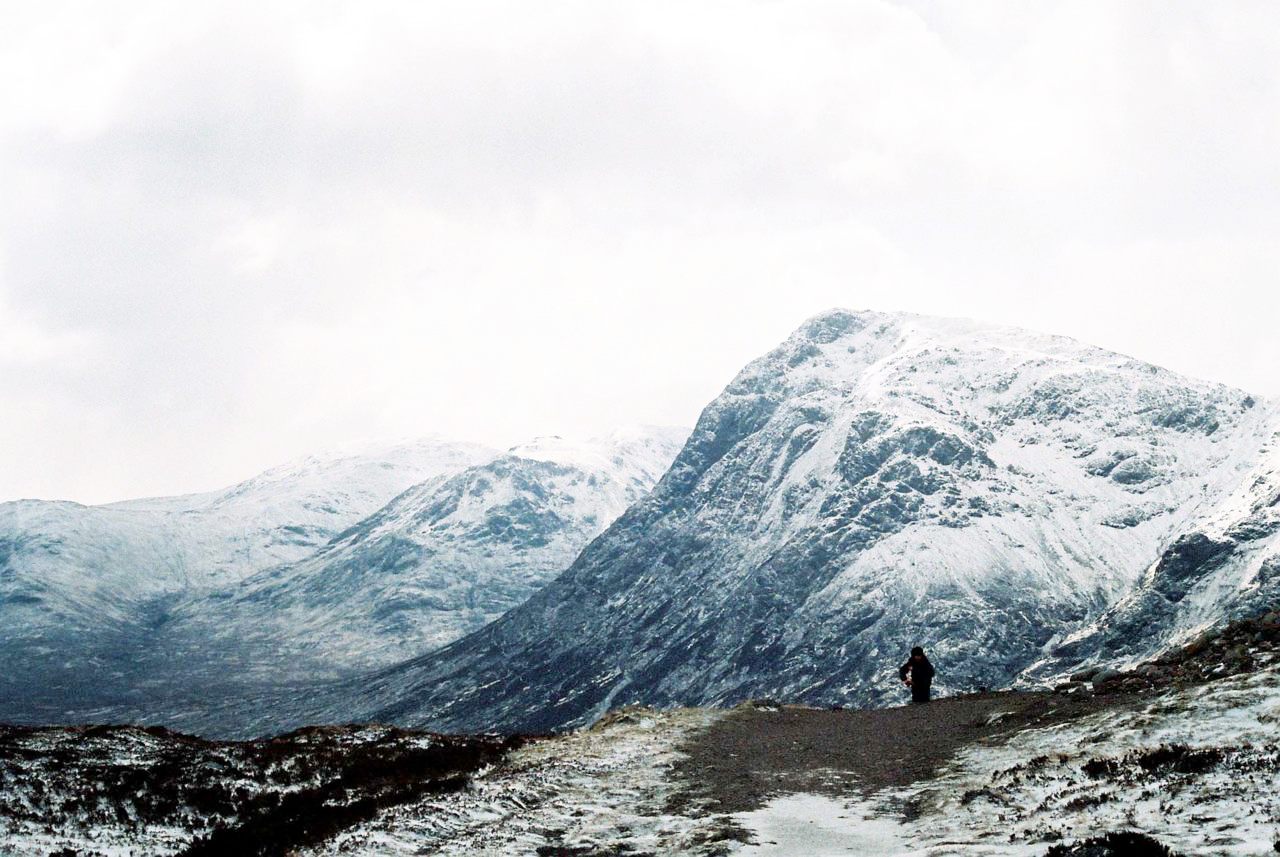 The West Highland Way in 2005, view from the summit of the Devil’s Staircase looking south over the east end of Glen Coe, towards Buachaille Etive Mòr with Creise and Meall a’ Bhuiridh beyond. (Photo: Colin Souza/WikiCommons CC BY-SA 2.5)
The West Highland Way in 2005, view from the summit of the Devil’s Staircase looking south over the east end of Glen Coe, towards Buachaille Etive Mòr with Creise and Meall a’ Bhuiridh beyond. (Photo: Colin Souza/WikiCommons CC BY-SA 2.5)
Gail Elrick has walked all over the world. She started walking as a child with her family, and she’s now the chair of the LDWA. Many of her walks are peaceful tromps through the countryside, but she has had her share of adventures, such as a scary moment on a mountain pass in Patagonia.
Elrick had been looking forward to reaching a particular part of the trail in Torres del Paine National Park; even though the pass was noted for its difficulty, the reward was spectacular views of a glacier on the other side. But it started snowing, her visibility was reduced to almost zero, and the wind was blowing fiercely.
Then a strong gust picked her up, flinging her several yards.
“It was at this point that I said to my husband, ‘I really think we should go down,’” says Elrick. “And he said ‘Yes, I think we should’ and I said, ‘I think we could die here’ because people had died on that pass and there was no one else around.”
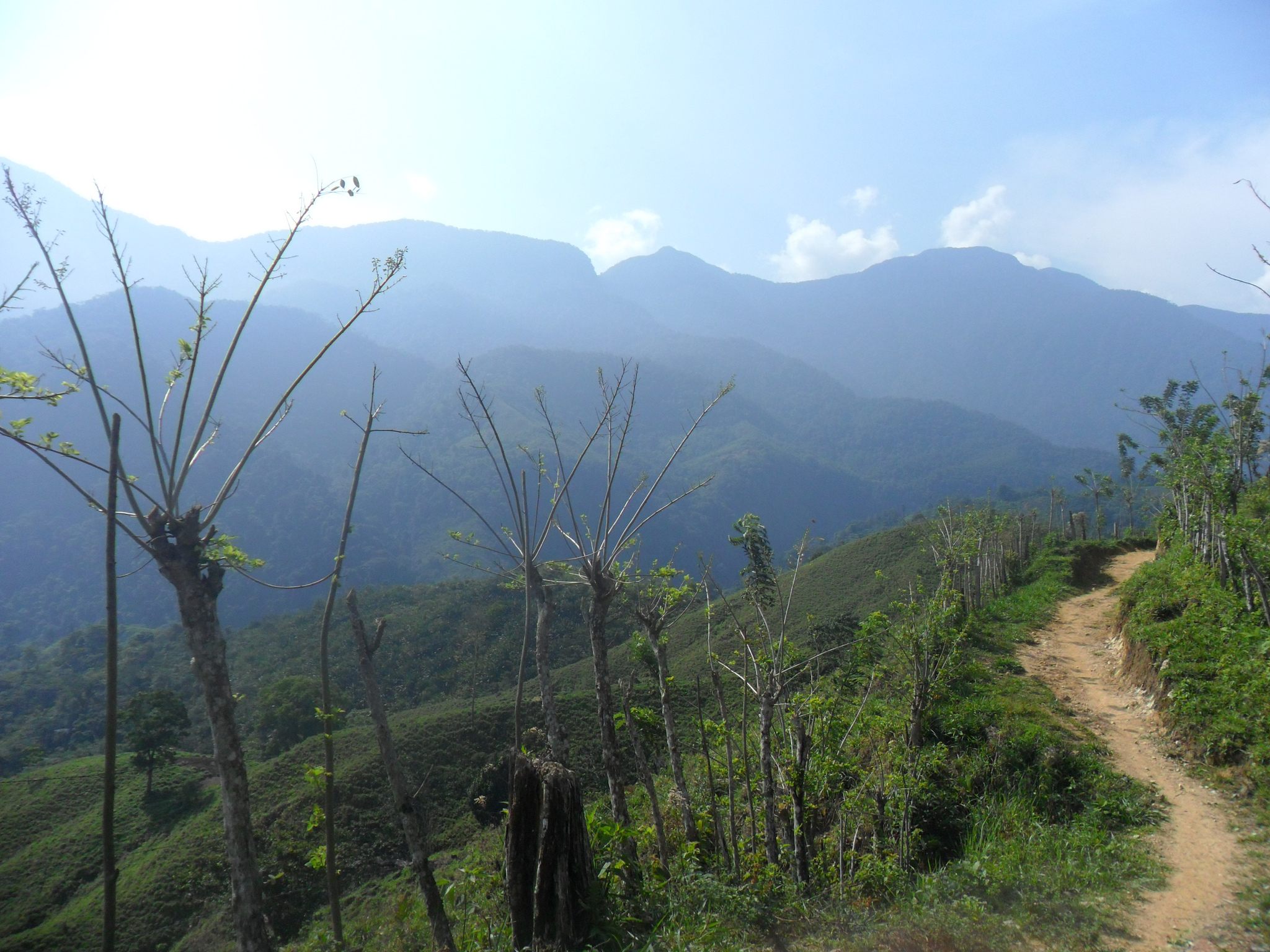 Cuidad Perdita Lost City Trek. (Photo: Jonathan Hood/Flickr.)
Cuidad Perdita Lost City Trek. (Photo: Jonathan Hood/Flickr.)
Elrick delivers this story cheerfully, although she says she was quite frightened at the time. The weather never improved, so Elrick and her husband abandoned their trek and went back home to England. But the scare wasn’t enough to keep them away and they returned. Twice.
Plenty of people would put that in the same category as “hiker”, and Elrick does do walks that are more akin to a wilderness trek than a brisk constitutional.
But long distance walking isn’t quite the same as hiking. For one thing, many long distance walkers simply go for one long walk that lasts a day—20 or more miles is common. Walks organized by the LDWA average around 26 miles. Once a year they host a 100-mile walk split up over two days. And long distance walkers aren’t necessarily campers. Even when they do go on adventurous multi-day excursions, they’re just as likely to post up at a bed and breakfast where they can take a shower and have a beer. There are even businesses that will carry your gear for you. And long distance walking doesn’t have to be rural; some tramp through urban centers or parks. Long distance walkers go solo, but they also go in groups. There are no “hard and fast” rules, says Elrick
The wonderful thing about walking, according to its proponents, is that there’s a low barrier of entry. It is not as physically daunting as, say, running a marathon. Kiczek and Elrick both say they have many members in their 60s or older. But it is, of course, hard work. Kiczek says that after 30 miles, one’s feet start to ache “a lot”. Elrick, who wears out a pair of shoes a year, has persevered through rain, mud and snow. And of course, there is the bane of the long distance walker: blisters. Several threads on the LDWA forums are devoted to how best to combat, treat and drain blisters. Methods discussed include an absorbing plaster called “Compeed”, duct tape, and immersing sweaty feet in a bag of corn flour.
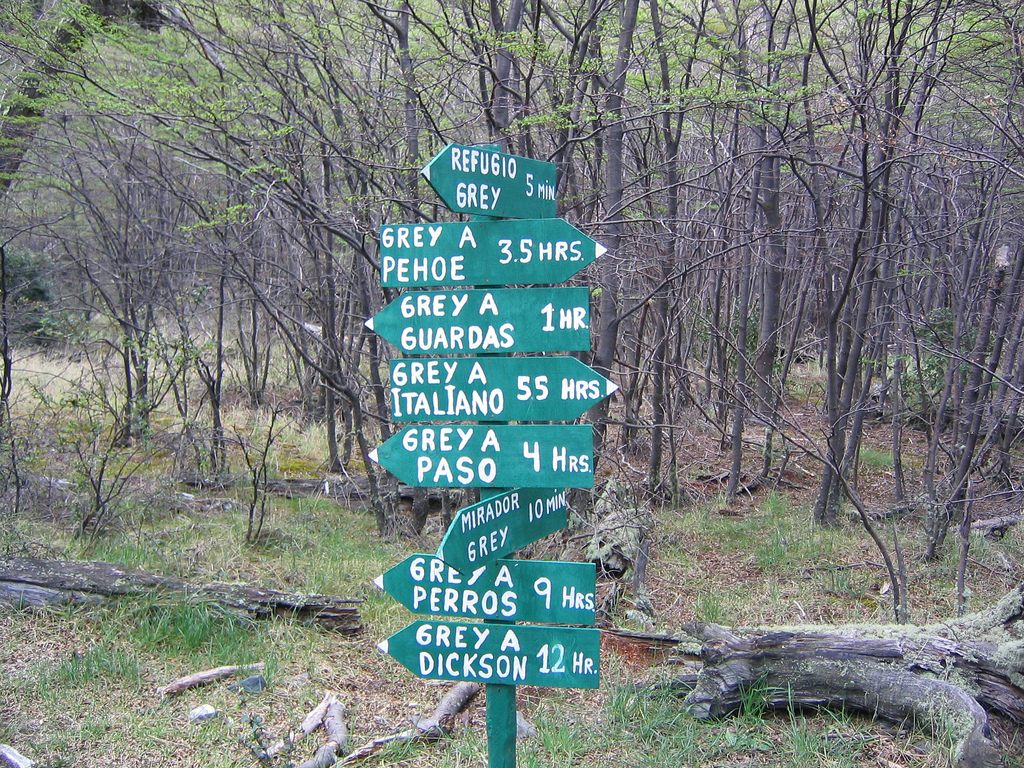 Distance marker at Refugio Grey, Torres del Paine, Patagonia, Chile. (Photo: Phil Whitehouse/Flickr)
Distance marker at Refugio Grey, Torres del Paine, Patagonia, Chile. (Photo: Phil Whitehouse/Flickr)
But the bodily toll is worth it.
Elrick eventually spied her glacier. On her second trip to Patagonia, she and her husband made it over the pass, but the coy landmark was hidden by mist. On the third trip, the sun shone and the pair was rewarded – after three carefully planned, expensive trips—with a fantastic view.
A lot of people, upon hearing about the LDWA’s annual 100 mile event, think the walkers are “complete lunatics” says Elrick, and she understands. Because there are times during the walk that she wonders ‘Why am I doing this?’.
“But at the end, when you’ve done it and recovered and had a good night’s sleep and something to eat and forgotten how painful it was,” she says, “You think, ‘Oh, well, I’ll do it again next year!’”

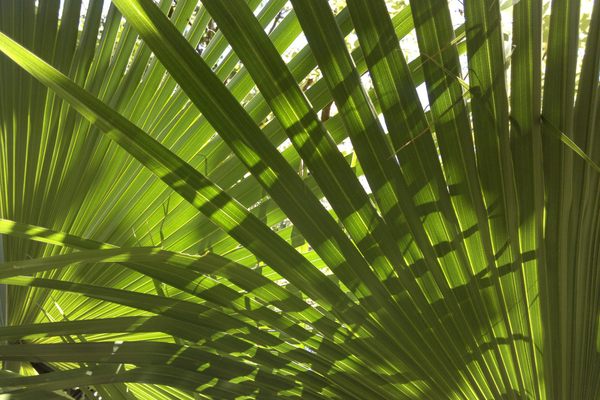
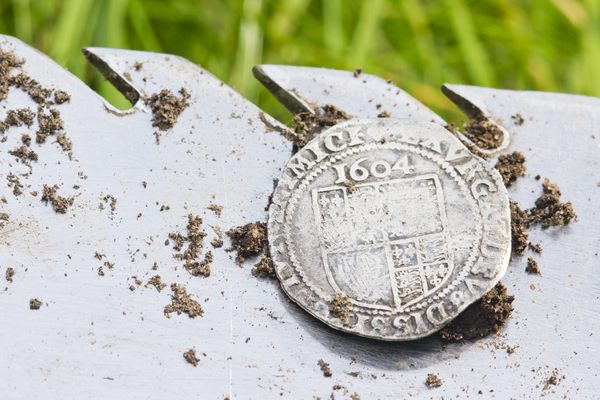




Follow us on Twitter to get the latest on the world's hidden wonders.
Like us on Facebook to get the latest on the world's hidden wonders.
Follow us on Twitter Like us on Facebook